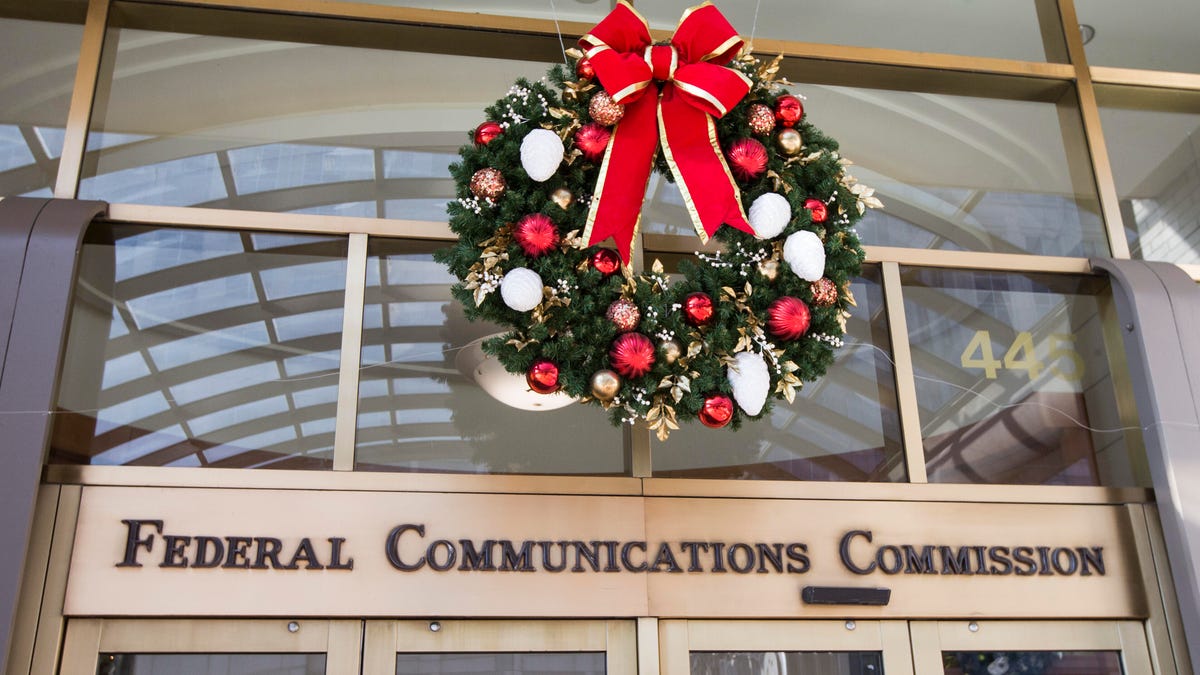5G carriers vie for FCC spectrum critical for bringing you next-gen service
The Federal Communications Commission kicks off another auction for spectrum that's a must for next-generation phone service.

Deck the halls with lots of spectrum.
The Federal Communications Commission on Tuesday launched its latest major auction of wireless spectrum that's key to next generation 5G services. This most recent auction, which encompasses the largest swath of spectrum the FCC has ever auctioned at once, will divvy up the next bit of high frequency millimeter wavelengths.
High frequency millimeter spectrum, such as the band being auctioned, is crucial for 5G to offer the speed and low-latency that's the hallmark of the technology. The laws of physics dictate that signals transmitted at higher frequencies deliver more data at faster speeds. But signals transmitted at higher frequencies can cover only short distances. Meanwhile, lower frequency spectrum allows signals to travel over longer distances and to penetrate obstacles like walls, but it generally doesn't offer the same capacity.
"These airwaves will be critical in deploying 5G services and applications," FCC Chairman Ajit Pai said in a statement. "Auctioning the 39 GHz and upper 37 GHz bands together presents a critical opportunity for 5G deployment as it represents the largest amount of contiguous spectrum available in the millimeter-wave bands."
This auction encompasses 3,400MHz of spectrum with licenses in the upper 37GHz, 39GHz and 47GHz bands. Wireless carriers need a mix of high frequency millimeter wavelength spectrum, such as what's being auctioned off here, as well as midband and low band spectrum to build out their 5G networks.
The FCC has been working to get more wireless spectrum into the market to help wireless carriers quickly build out their 5G infrastructure. All four major US carriers, AT&T, Sprint, T-Mobile and Verizon, along with satellite TV provider Dish Network, have filed to participate in the auction, but most are bidding through affiliated entities that use different names. The FCC is conducting a reverse auction for this spectrum, which will likely go several rounds and wrap up in early 2020.
Earlier this year the agency auctioned off licenses in the 28GHz and 24GHz bands. Proceeds from those auctions generated about $700 million and $2 billion, respectively.
Next year, the FCC will initiate two midband spectrum auctions: the 3.5GHz auction in June and an auction in the 3.7-4.2GHz band in the latter part of 2020.
"These and other steps will help us stay ahead of the spectrum curve and allow wireless innovation to thrive on our shores," Pai said in a statement.

